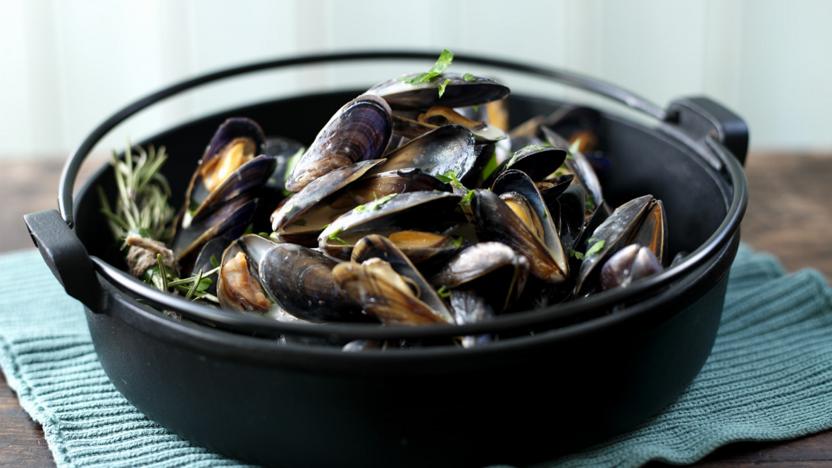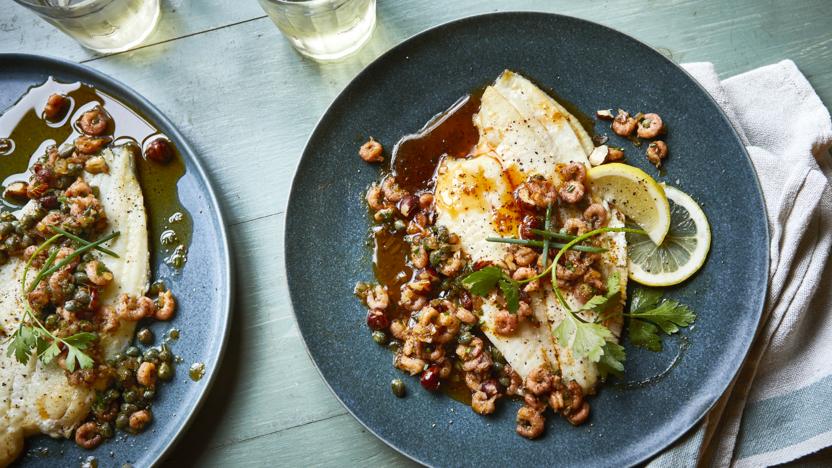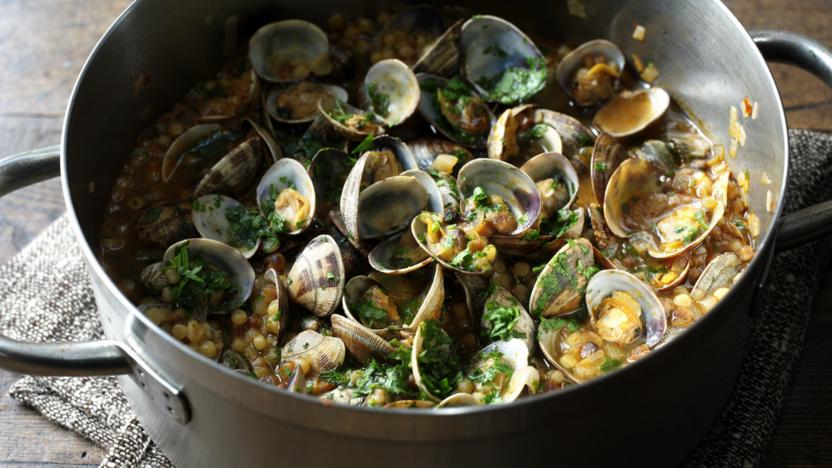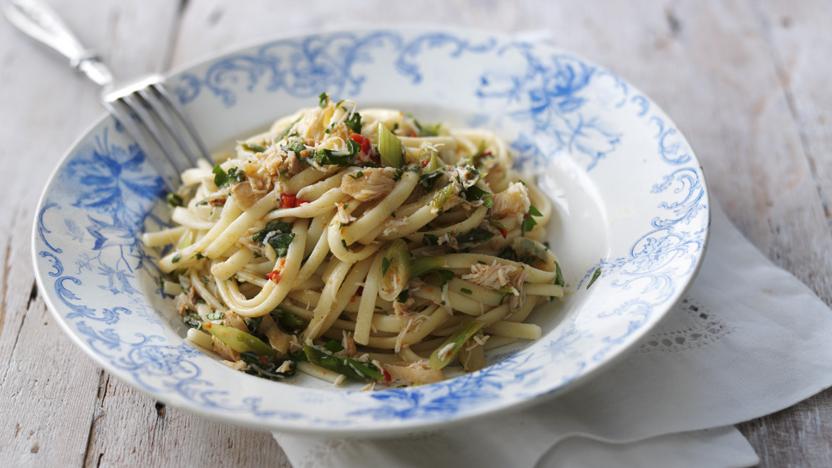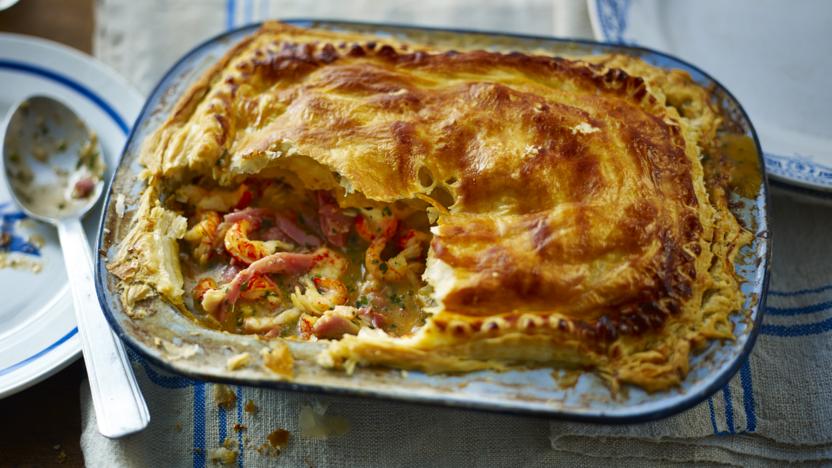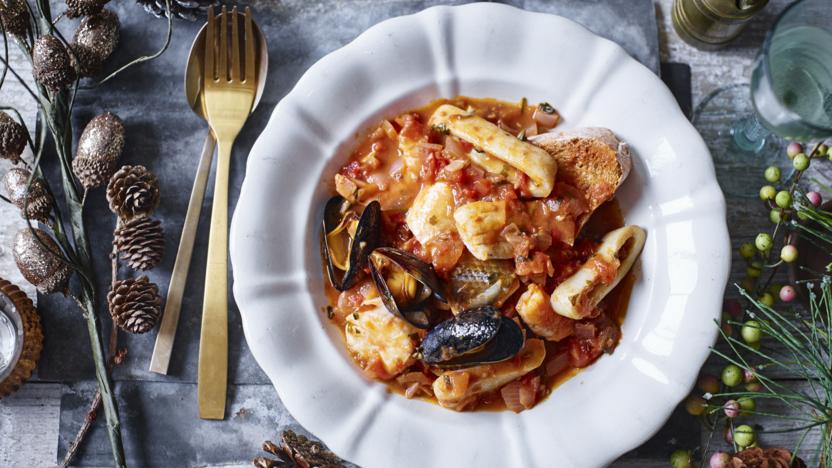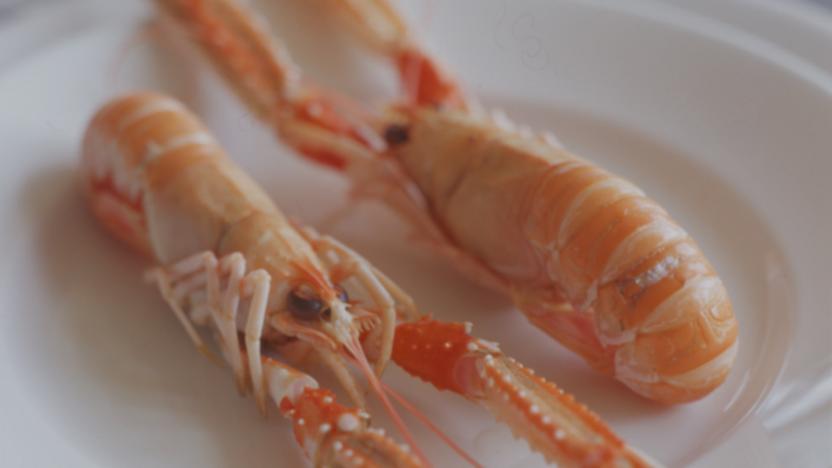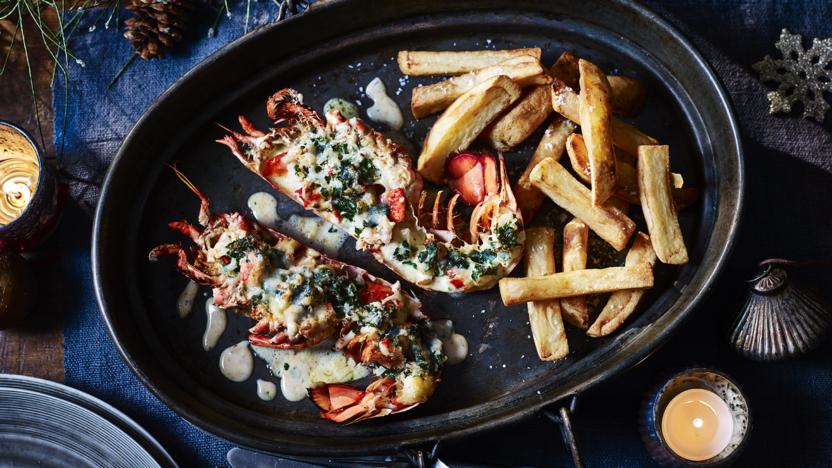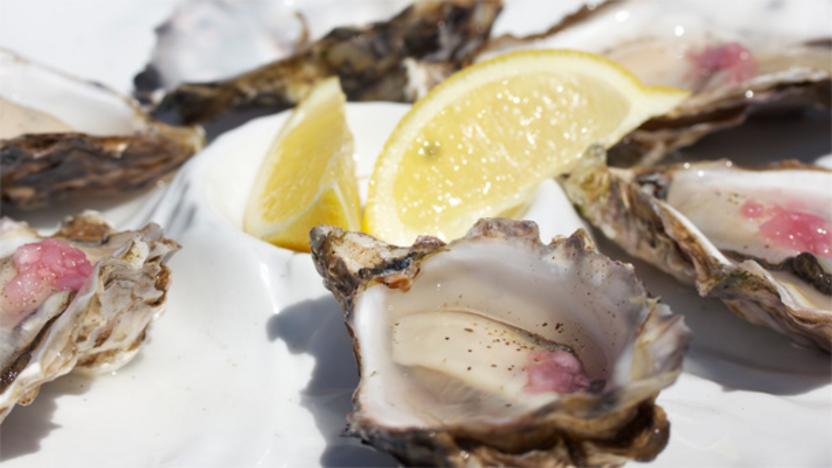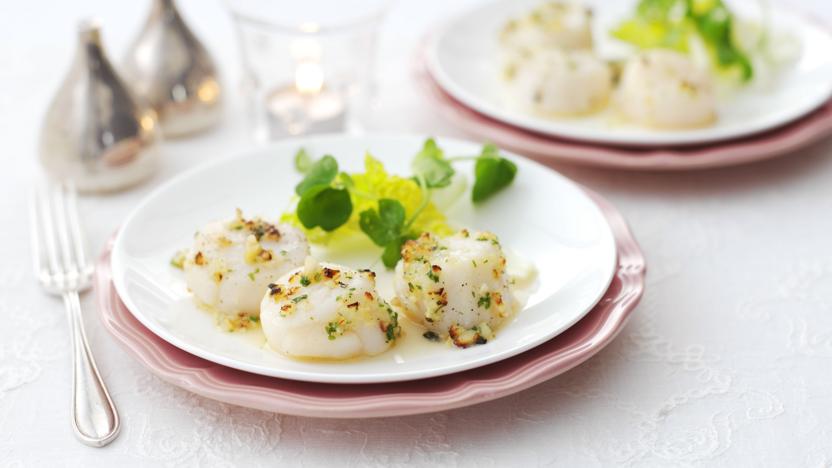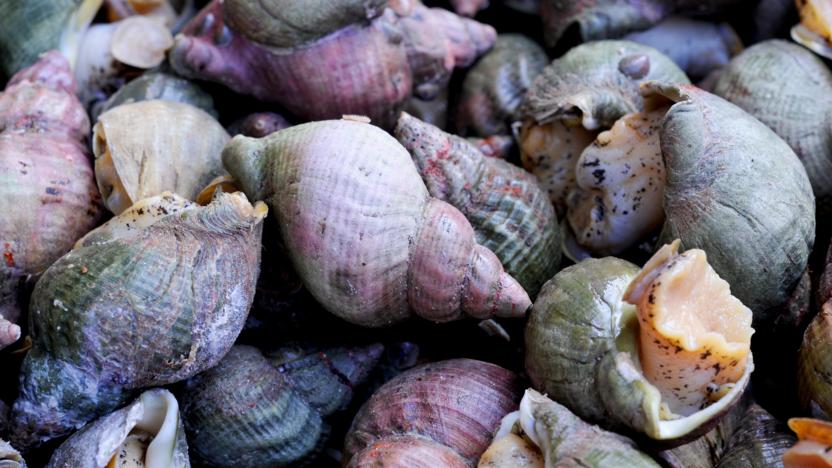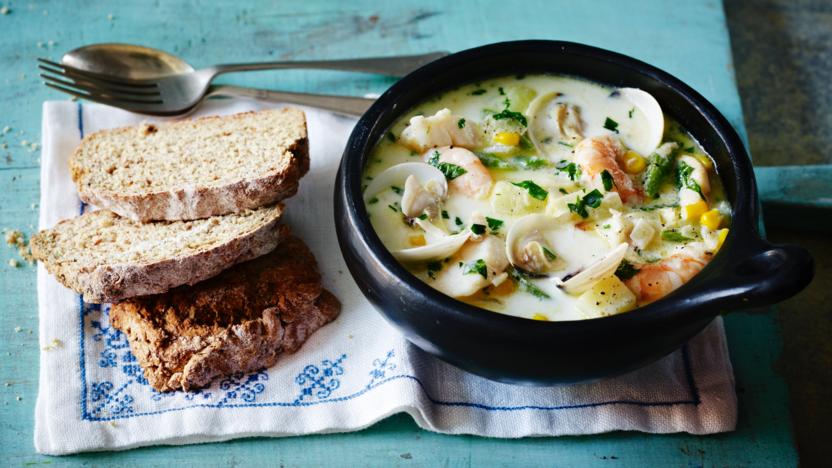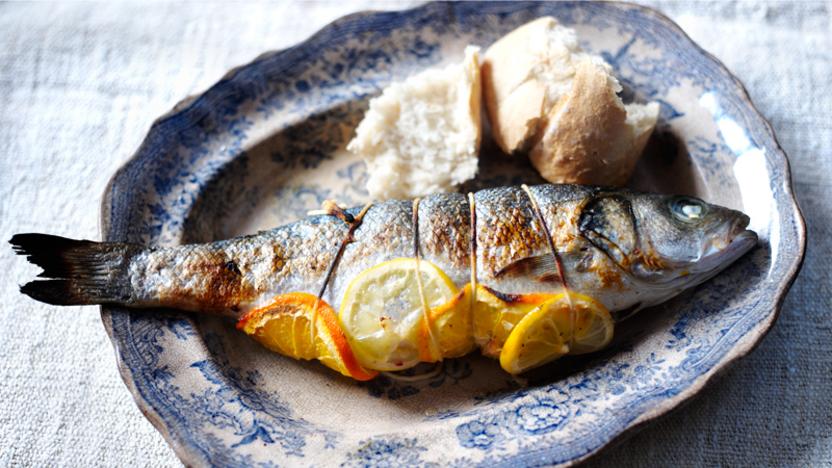Shellfish recipes
Shellfish is a broad term for crustacean and mollusc seafood. Each group has its own varieties and its own peculiarities of preparation, but most shellfish is easy to cook, rich in minerals and bursting with flavour. Crustaceans include crabs, langoustines, lobsters, prawns and shrimps. They usually have segmented bodies and are often enclosed in a hard shell. Most have ten legs, sometimes including one pair of front claws or pincers. Molluscs are invertebrates and include three main groups of seafood: gastropods, bivalves and cephalopods. Gastropods are single-shell molluscs and include the whelk and winkle. Bivalves are enclosed in two shells and include clams, cockles, mussels, oysters and scallops. Cephalopods are molluscs without a shell and include cuttlefish, octopus and squid. The most sustainable varieties of shellfish are mussels, oysters and crab, and when buying prawns look for king and tiger prawns that have been organically certified.
Cook Rick Stein's impressive moules marinière in six simple steps, This is a simple dinner party dish that cooks in minutes once the mussels are prepped. Or scale it back for a romantic dinner for two.
More shellfish recipes
Buyer's guide
Crustaceans should smell fresh and sweet and of the sea (with no hint of ammonia). They should glisten with moisture and legs, heads, pincers and tails shouldn't be loose or detached from the body. Their flavour is best if they're bought alive and cooked when very fresh.
Oysters, mussels, clams, whelks and winkles are sold live or cooked; scallops are sold ready-prepared (with the intestines removed) and pre-packaged. When buying live molluscs, look for those with shells that are smooth and shiny. The shells of clams, cockles, mussels and oysters should be tightly shut or should shut immediately if you tap them - when this type of shellfish die, they decompose quickly and may not be safe to eat, even after a short period of time. Scallops are the exception to the tapping rule, because they don't need to be alive on cooking. Avoid frozen bivalves as they usually taste rubbery when cooked. When buying mussels, colour is not indicative of quality – orange-fleshed mussels are female while whiter mussels are male.
Squid are stocked by many retailers, fresh or frozen; cuttlefish and octopus are also available both fresh and frozen, but require a more intense search.
Most shellfish have seasons, although cultivated mussels and oysters are sold year-round. As consumers, we're given little information about how and where our shellfish has been caught, landed, frozen and transported. If you're lucky enough to have a good fishmongers on your high street or at your local market, ask there about what you're buying.
Storage
Shellfish is best eaten as fresh as possible, and certainly on the day of purchase. Some shellfish such as squid, octopus and prawns can be frozen successfully; others such as mussels, oysters and clams need to be live when cooked. Store in the fridge until needed.
Other considerations
Raw or improperly cooked shellfish can contain harmful viruses and bacteria. Bivalves such as clams and oysters are filter feeders, meaning that water (clean or polluted) passes through them. Toxins in algae ingested by shellfish can accumulate in their flesh and reach levels dangerous to humans. Pregnant women should only eat shellfish that has been thoroughly cooked.
